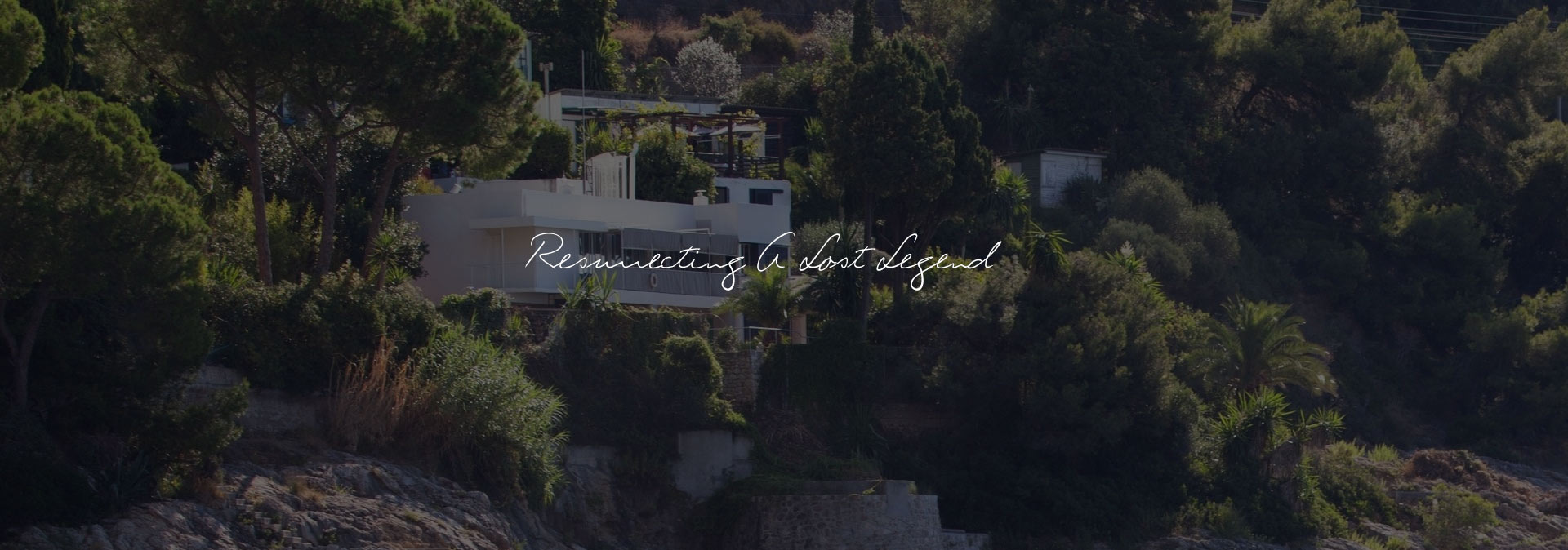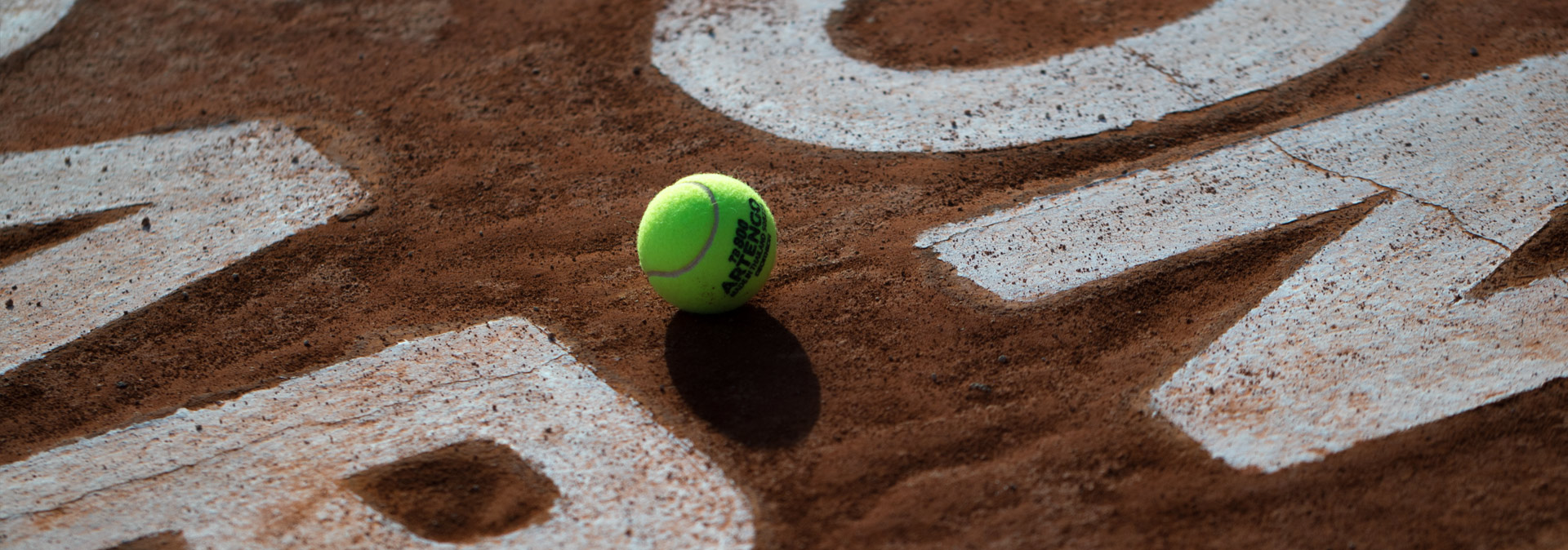Regardless of whether you’re into architecture or not, you sometimes stumble across stories that blow your mind. The story of Ricardo Bofill and his cement factory is most definitely one of those stories. With more than 30 silos, massive buildings and towering ceilings, the space is extremely raw and quite obviously presented the Spanish architect with a design challenge or two. After years of work, this unique property is now a multi-purpose facility featuring an office, residence, exhibition space, and more – all offering dramatic landscape and views of beautiful Barcelona.

Now, stories like these tend to involve some pretty special people, and they are usually a good place to start. Ricardo Bofill, the architect of this particular story, was born in Barcelona and studied at the School of Architecture in Geneva, Switzerland. In 1963 he founded a group formed by architects, engineers, sociologists and philosophers, creating the basis for the “Taller de Arquitectura” (Architectural Workshop). Headquartered in Barcelona, the international group takes on projects of city planning, transport, leisure, housing and offices all over the world – with past projects including the Qingdao Olympic Games village in Beijing, Barcelona Airport, and head offices for behemoths like Cartier, Christian Dior and Axa Insurance.
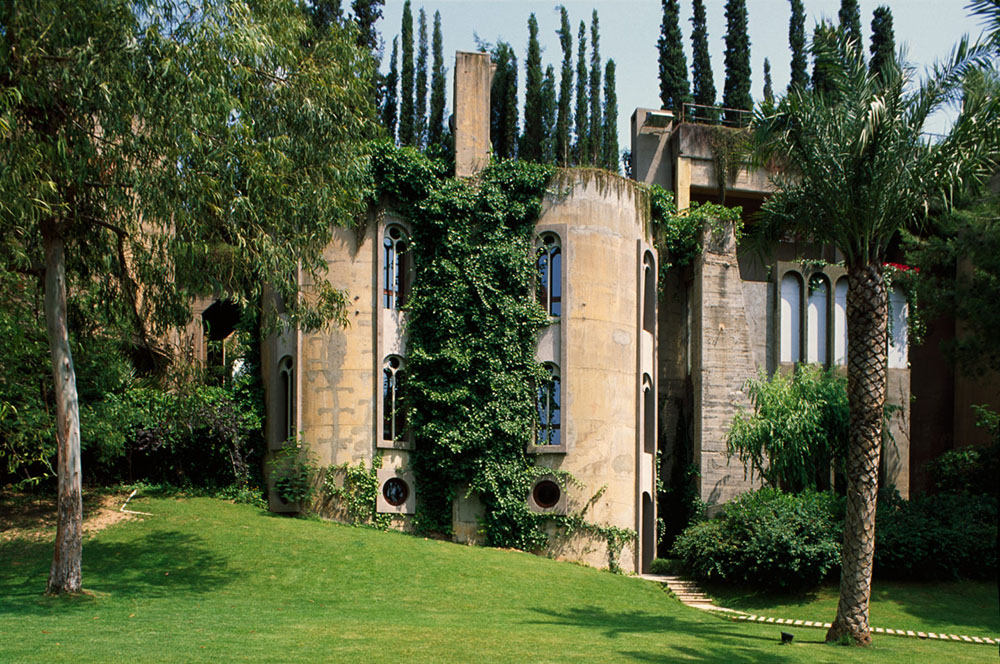
Ricardo describes himself as a nomad, or as he puts it “a traveller without port, required to establish reference points according to my journey”. With a Catalan father and a Venetian mother, he’s always felt at the crossroads of two cultures that clashed and melted throughout history. In his early years, he crossed the straits of Gibraltar, discovering the fantastic shapes of the desert dunes – constantly transformed by strong winds that appeared before him as essential elements – but also the people that inhabited it.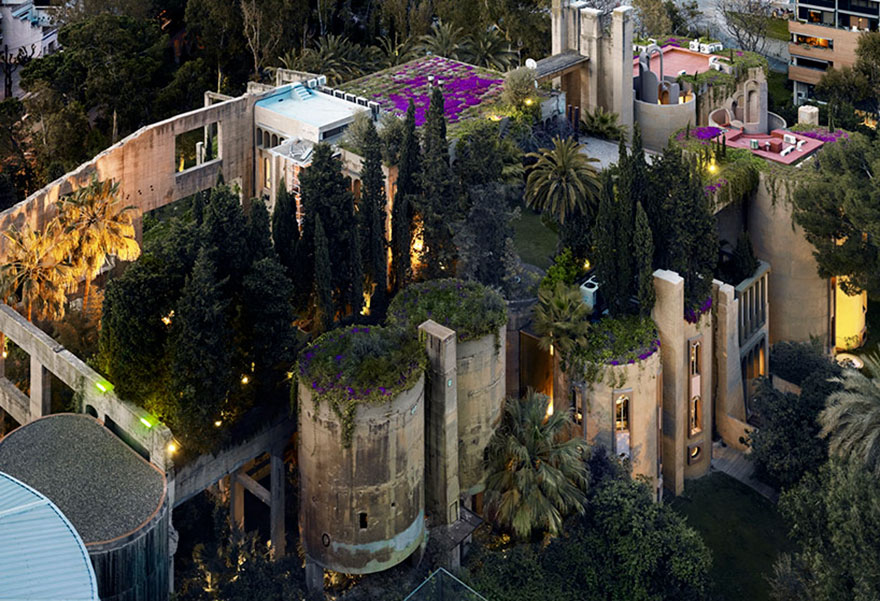
“The rose sands of the Teneré desert, outlined against the indigo sky, the endless spaces of rocks and stones, were my initiation to absolute beauty. In the desert I met the nomads, the blue men of the Sahara, people that belong to an ancient civilization. I discovered that they understood the abstract concept of space better than anybody and we became best friends. To be an architect means to understand space, to understand space organized by man, to decipher the spontaneous movements and behaviour of people, and to detect the needs of change that they might unconsciously express. It is essential to track down these issues if we want to contribute with our personal work to the history of architecture.” – Ricardo, as told to Twisted Sifter in 2011.
Fast forward to 1973, and Ricardo Bofill has just discovered a cement factory, part of an industrial complex from the turn of the century, comprising over 30 silos, underground galleries and huge engine rooms. The factory, abandoned and partially in ruins, was a compendium of surrealist elements – stairs that climbed up to nowhere, mighty reinforced concrete structures that sustained nothing, pieces of iron hanging in the air; in short, huge empty spaces filled nonetheless with magic. He decides to transform it into his head office.
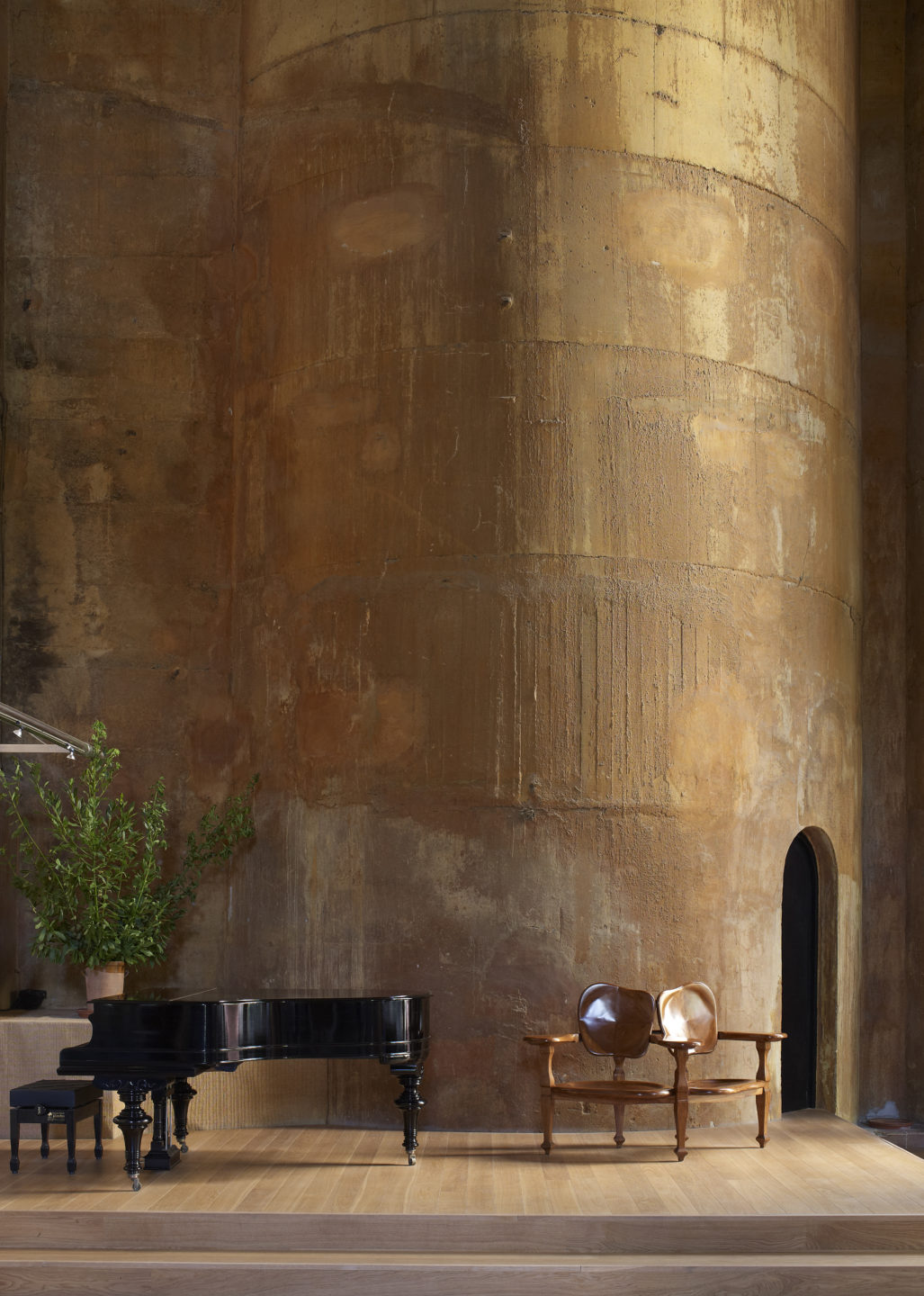
The transformation process kicks off with the demolition of part of the old structure, laying previously concealed forms bare, as if the concrete had been sculpted. Once the spaces were defined, cleaned of cement and enhanced with surrounding, newly-planted greenery, Ricardo starts adapting the site to the new programme. Eight silos were left standing, slowly transforming into offices, a modelling laboratory, archives, a library, a projection room and a huge space known as “The Cathedral”, the venue for subsequent exhibitions, lectures, concerts and a whole range of cultural activities linked to the architect’s professional life. The complex stands in the midst of gardens of eucalyptus, palms, olive trees and cypresses. It also features Ricardo Bofill’s house and guest rooms.
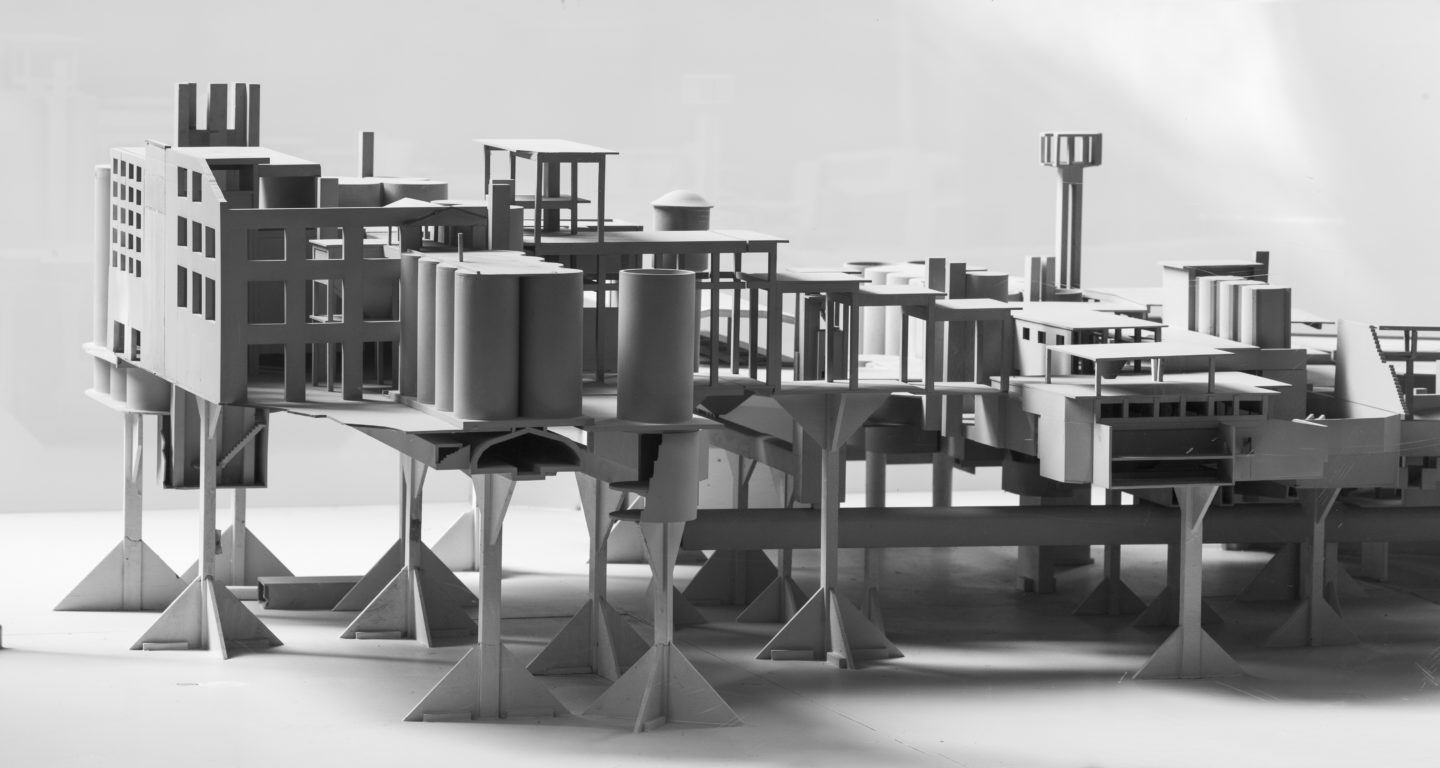
“I have the impression of living in a precinct, in a closed universe which protects me from the outside and everyday life,” said Bofill on his website. “The Cement Factory is a place of work par excellence. Life goes on here in a continuous sequence, with very little difference between work and leisure.”
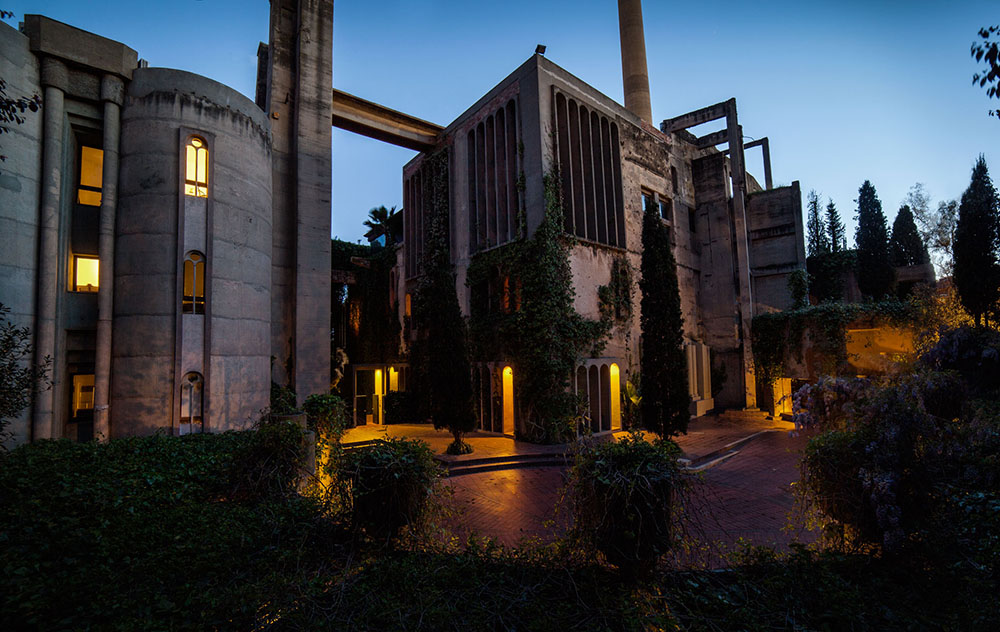 You can see more images of the garden-covered structures and learn more on Bofill’s official website – and also make sure to check out this short Nowness documentary on the space.
You can see more images of the garden-covered structures and learn more on Bofill’s official website – and also make sure to check out this short Nowness documentary on the space.
 SECURE PAYMENTS
SECURE PAYMENTS  FREE EXPRESS SHIPPING FOR
ALL ORDERS OVER €100
FREE EXPRESS SHIPPING FOR
ALL ORDERS OVER €100 FREE EXCHANGES & RETURNS
FREE EXCHANGES & RETURNS AVG. 3-5 BUSINESS DAYS DELIVERY
AVG. 3-5 BUSINESS DAYS DELIVERY
 NEXT
SHIPMENT TO
NEXT
SHIPMENT TO 




